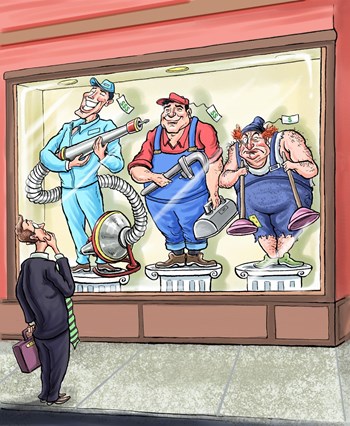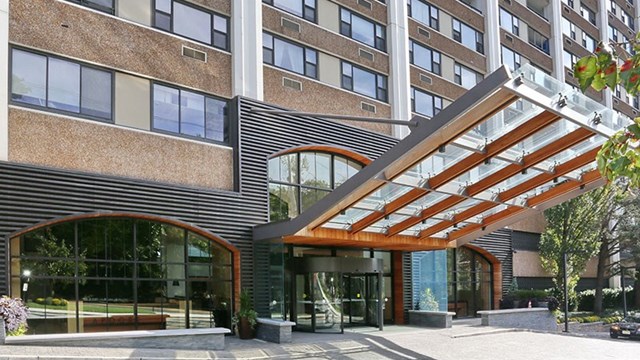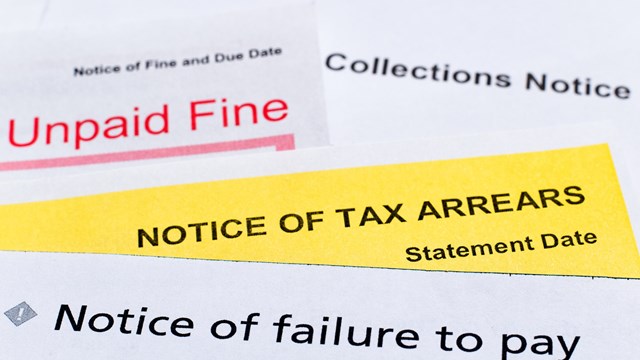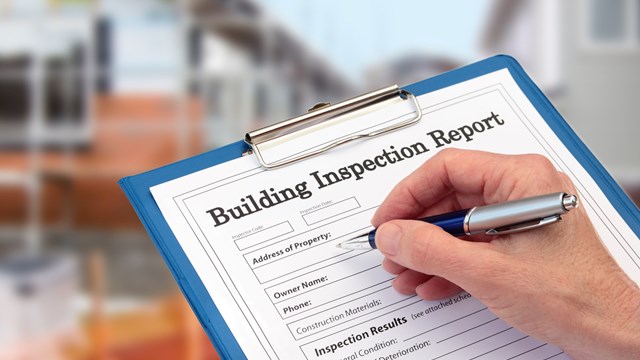
The day-to-day costs of running a multifamily residential building are significant. There’s the fuel oil, electric, cleaning supplies, equipment maintenance and service calls for repair and upkeep. Then there are the insurance costs, landscaping, trash removal, snow removal, advertising, property taxes, and maintenance fees.
In today’s economy, the cost of many of these expenses for HOAs have gone nowhere but up (and up and up…) And after one of the harshest winters in a long time when fuel costs escalated, most businesses are just raising their prices just to keep up with their own rising expenses. Cost control should always be on the forefront of a manager’s mind, and there may come a time when like it or not, the budget simply has to be tightened. The bottom line to managing a building’s bottom line is to do what anybody does when facing more month at the end of their money—evaluate spending, cut costs and look for better deals.
Evaluate Spending
It's impossible to rein in spending if you don't have a working, comprehensible budget. “Preparation of an accurate budget is critical,” says Michael Cervelli, founder and CEO of Cervelli Management Corporation in North Bergen. “Sometimes budgets are created that do not accurately reflect expenses such as supplies and maintenance in order to keep the residents happy for the short term. The end result is special assessments —or worse, operating at a deficit.”
Most management and financial pros agree that evaluating current spending is the first step in determining whether or not the association's spending is out of control and if changes are needed to rein things in. Recognizing areas in need of improvement and formulating a plan going forward can be tricky, however—trimming too much can sometimes create more headaches than the money saved is worth.
“I think some of that comes with experience,” says Gary Wilkin of Wilkin Management Group in Mahwah. “We try to look at the size of the community or building, compare that to what would be normal in that category, and sometimes things pop out at you based on your experience with that type of building. You can analyze a building's operation and [see potential] inefficiencies. For instance, you can look at building supplies and material costs for operating the site and say, 'Wow! That's a pretty hefty line item. Do we need to spend that?'”
During the review of all expenses, current numbers should be compared to a year, or even just a few months, ago. What costs have gone up? Is the super suddenly buying more of the same maintenance supplies? If so, why? “In any business or company it is beneficial to review both one-time projects and routine service pricing at regular intervals,” says Nancy S. Hastings, CEO of MAMCO Property Management in Mount Laurel. “There is also some time-management that needs to be considered for the bid process. It is important for the community to work with their management team to balance this process and set expectation levels.”
For his part, Bram Fierstein, president of Gramatan Management Inc. in New Rochelle, New York says he does business with a building goods supplier who emails a copy of a preliminary order to the company before it is finalized. This allows Fierstein an opportunity to review the purchase order and speak with the super if necessary before the final order is placed.
“Once supers know you are monitoring their orders this way, the size of the orders tends to be reduced,” he says. “Supers love to order cases of supplies because that's what the vendor wants, but it's better to instruct the staff to only order what will be used within a given month. You don't need twelve gallons of Windex if you only use three gallons a month.”
Fierstein also explains that he had a board member who was very concerned about how much was being spent on supplies, so he wanted to be involved in evaluating purchases at the grassroots level. “We developed an order sheet that the super had to complete and give to the board member for approval,” he says. “While the savings were modest at best, the board and staff were at least satisfied that money was not being wasted.”
“We have long-standing relationships with vendors, contractors, banks, government officials, and so forth,” says Cervelli. “If the management company is doing their job, the building will always benefit. The board should be aware of the process, which vendor gets the account and why.”
And smart inquiry doesn't just stop with glass cleaner and mop heads, say the pros. “Ask common sense questions too, like why are you paying overtime and what can you do to reduce that?” says Stephen Beer, CPA and partner at Manhattan-based accounting firm Czarnowski & Beer, LLP.
Wilkin agrees. “If you have a superintendent, is he really doing everything efficiently, or is he focusing on things that are not very productive to the building? Ultimately, are we getting a big enough bang for our buck?”
Cut Costs and Earn Money
If your expense reviews do turn up areas where there is excessive spending, look to cut costs. While some buildings prefer to operate on a buy-as-needed basis, others find that purchasing supplies in bulk can help save some bucks. “For example, we don’t buy our energy efficient light bulbs from standard vendors; we purchase them in bulk online,” says Robert Serrara, management director at Anker Management in Hartsdale, New York. “We’ve done this with other items as well, and we’ve seen a real savings through that.”
For some buildings, buying less, instead of in bulk, might save money. “Inventory control is very essential,” says Serrara. “We have a list of what the super has on stock and what was on his last order and what his next order will be. We have as tight a control as possible.”
“You can only tweak it so hard, and then there is no return on it,” Wilkin cautions. “But some things are quite obvious and you want to make sure that you're getting the best price and buying efficiently. Management companies can buy supplies in bulk for multiple buildings and spread that cost around for products that they use every day. Especially for pools where there are towels, or for paper products in the clubhouse, if you maintain many pools or clubhouses, you have the ability to go to one supplier and buy ten cases of something for a price-point. And we can certainly pass that savings on to the client, as opposed to going down to local grocery store and buying a couple of rolls of paper towels at retail. You don't want to warehouse a lot of stuff, but at the end of the day you also don't want to be paying high retail costs for things.”
Ya Better Shop Around
Another way to cut costs is to shop around and compare current vendors' prices with those of their competitors. For example, say it's springtime, and you’ve been chatting with the manager of another building in town. You find that your landscaping contract is a little pricey compared to others in the area. So you do a little research and find a great new vendor who is less expensive than the one you use now but who provides a comparable level of service.
“If we see a difference in price, the board might say ‘But we’re happy with our landscaper,’ and instead you might ask the current landscaper if they will match the price,” says Beer. “Sometimes it comes into negotiation that if he is willing to meet the price he can keep your account. If the contractor is familiar with property, of course it makes the process a little easier, with fewer headaches for the residents of the property, but ultimately it comes down to the quality of the work and the price.”
Wilkin agrees, but stresses that it's not always about nickels and dimes. “You have to try to separate cost from value,” he says, “because sometimes they're not related. You can get a low cost on something but not get a value for it. So if your only approach is cost, you may not be getting the best service in the world. I think it's equally important that you do business with people that can deliver the product.”
In the end, says Wilkin, “We're all, all fighting for cost. Everybody. As a company, I fight for cost for my own company. But I also appreciate the fact that when I do business with somebody, they deliver their product when I want or need it, and if I have issues, they take care of it. If they do, I'm not interested in trying to save a couple of bucks on the same product. I'm going to deal with it, and it's called a relationship. Every once in a while, you may have to test that relationship. But at the end of the day, if the only thing driving you is cost, you may not get the service to go along with it, but you can get cost down. No question about it. Somebody is always willing to do it cheaper.”
Lisa Iannucci is a freelance writer and author living in Poughkeepsie, New York. Editorial Assistant David Chiu contributed to this article.






Leave a Comment